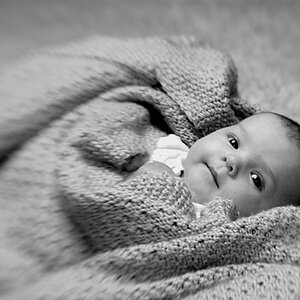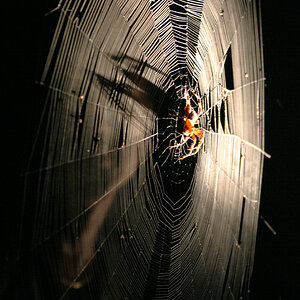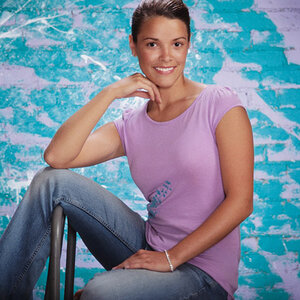Cortian
No longer a newbie, moving up!
- Joined
- Jan 1, 2018
- Messages
- 503
- Reaction score
- 209
- Location
- S.E. Michigan, USA
- Can others edit my Photos
- Photos OK to edit
My wife says this is a sign spring is not far off.
My first attempt at catching birds on the wing. Canon 40D in programmed exposure mode, auto-ISO. Canon 70-300mm DO lens. 100% crops. #1 was lightened a bit. They all got a light touch of unsharp mask.
C&C welcome. (I have some of my own ideas where I went wrong.)
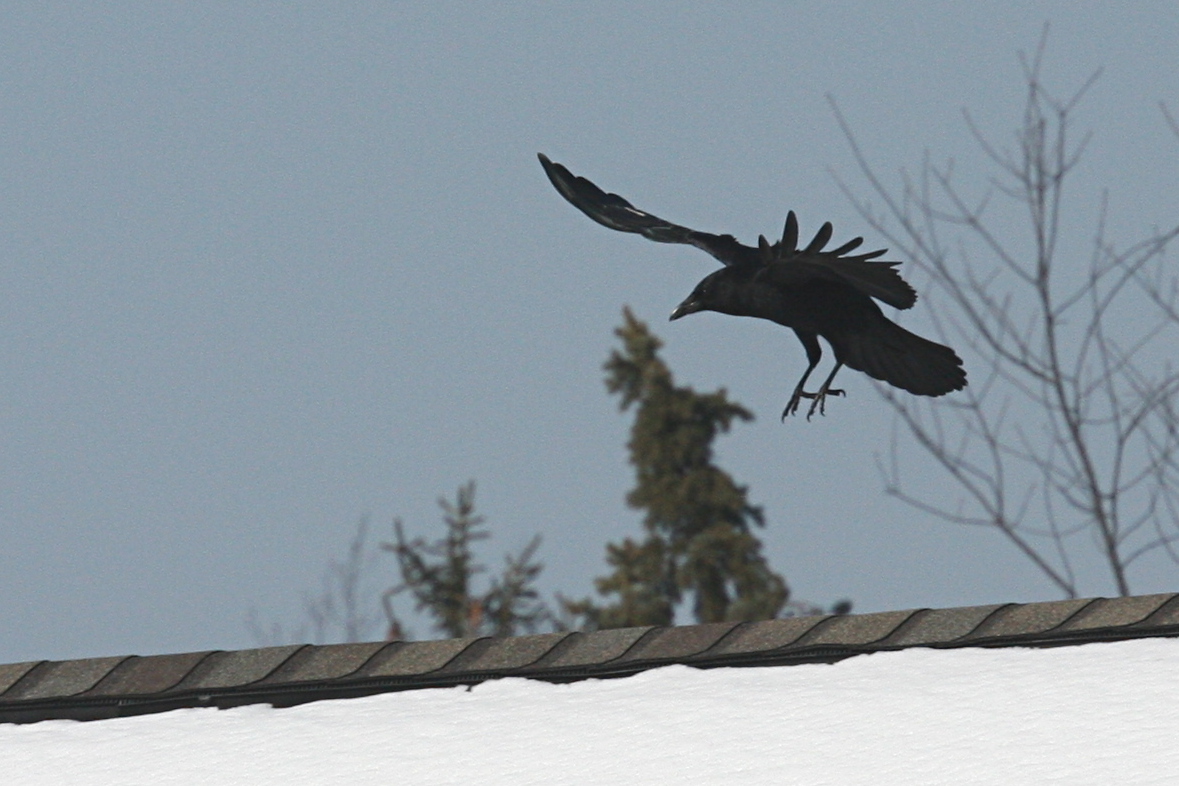
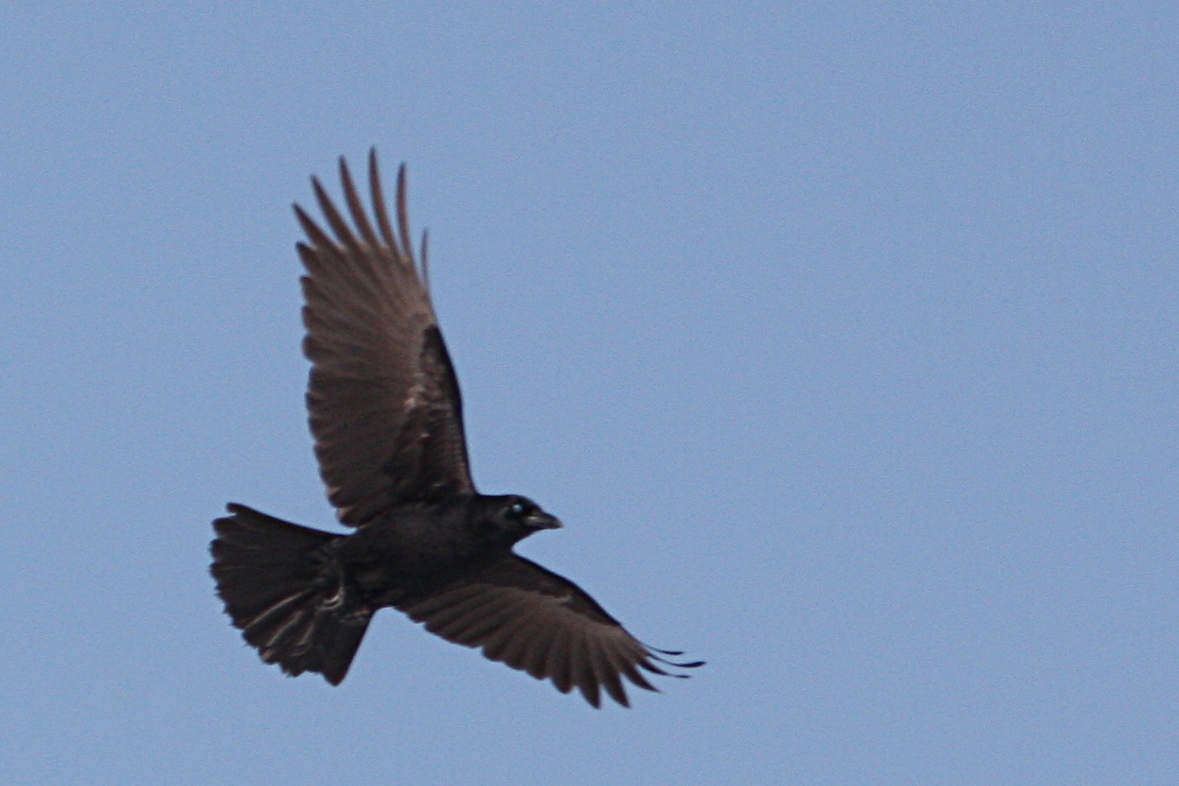
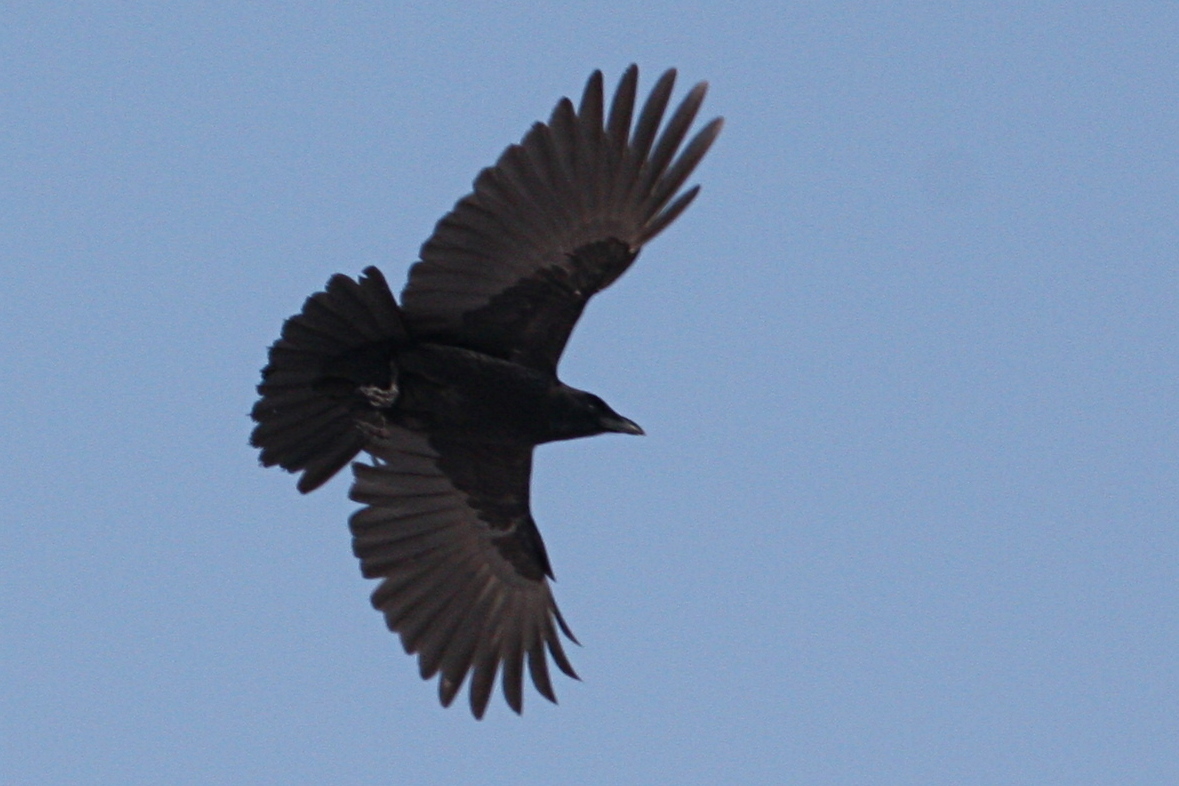
My first attempt at catching birds on the wing. Canon 40D in programmed exposure mode, auto-ISO. Canon 70-300mm DO lens. 100% crops. #1 was lightened a bit. They all got a light touch of unsharp mask.
C&C welcome. (I have some of my own ideas where I went wrong.)






 Turkey Vulture
Turkey Vulture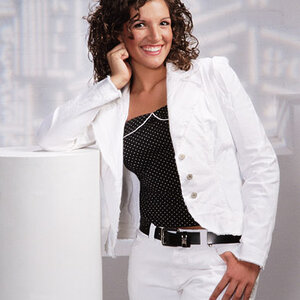
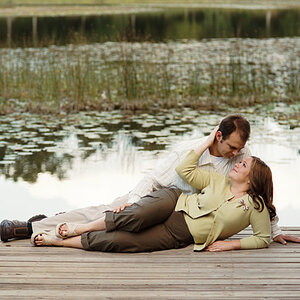
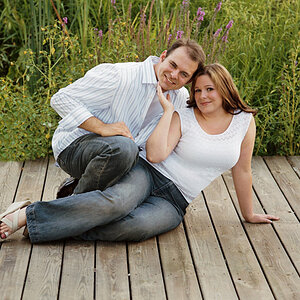
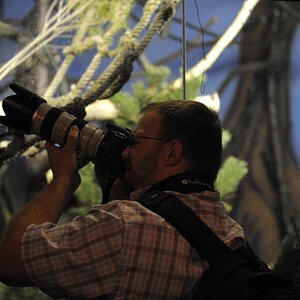
![[No title]](/data/xfmg/thumbnail/32/32156-d6cfe2865ceed861a0633752a006ea20.jpg?1619735234)
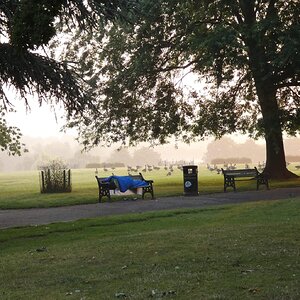
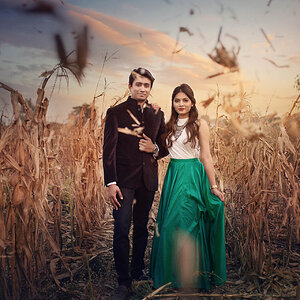
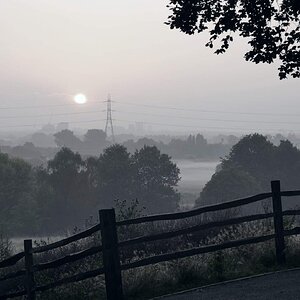
![[No title]](/data/xfmg/thumbnail/36/36303-10b1a386a9a00cf90fb7605d2d2c48c1.jpg?1619737497)
